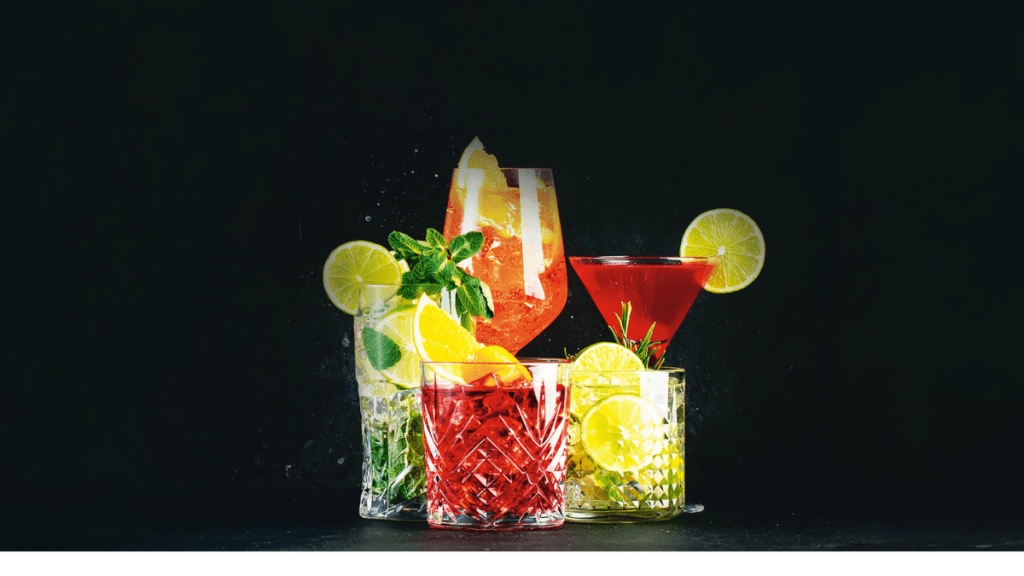Last month, McDowell’s & Co. launched the X Series, a premium collection of vodka, rum and gin, priced between Rs 1,100 and Rs 1,450 for a standard 750-ml bottle, aimed at the Gen Z demographic. The goal is to shake things up and redefine fun for young men and women, who are ready to experiment, Diageo India VP & portfolio head of marketing Varun Koorichh said at the time of launch.
McDowell’s & Co’s sharp focus on the legal-drinking age Gen Z consumers is not without a reason. While broad industry trends suggest that the age cohort is drinking less, Gen Z consumers are interacting with alcohol in ways far different from earlier generations, say industry insiders. They are underrepresented in traditional high-volume categories such as wine and beer and prefer RTDs, spirit-based cocktails and aperitifs. “Gen Z tends to prioritise health-conscious choices and premium experiences, reflecting a growing trend towards conscious consumption,”says an analyst.
The typical consumer imagery too is far removed from the industry stereotype. Says Hayden Scott, creative head, APAC, Virtue Worldwide, “There was a time when alcobev advertising subscribed to a certain alpha male stereotype: Leather-backed armchairs, arm wrestling, smoky rooms and swagger. Not any more.” The typical consumer is an Indian who is well-travelled and exposed (even influenced by) culture shifts in the West.
As the industry sort of comes out of the closet, more women are joining the club, accounting for 26% of alcohol consumption in India. For their part, the Gen Z cohort makes up 6% of the alcobev buyers in India. So if alcobev companies continue to communicate the way they did 20 years ago, they would be talking to a rapidly shrinking consumer base.
Diageo subsidiary McDowell’s is simply tapping into this trend, offering a premium range designed to appeal to both men and women. In any case, Diageo has been on a premiumisation drive, like its competitors Pernod Ricard, UB Spirits and AB InBev, as smaller local brands nibble at their market. “Along with Budweiser Magnum Whiskey or Hoegaarden Gin, McDowell’s Series X is yet another instance of a brand introducing India-specific innovation,”says Yousuf Rangoonwala, founder of Kakkoii Entertainment. “For urban drinkers, the attitude towards premiumisation is (alcohol) type-agnostic. The openness to consume more than two kinds of alcohol and not be married to a category, has never been higher for them.”
The big picture
As per Statista, the alcoholic drinks market in India stands at $52.7 bn, with the revenue generated at home (store bought, consumed outside of restaurants and bars) amounting to $47.1 bn, while out-of-home (revenue generated in restaurants and bars) amounting to $5.6 bn in 2024.
Neha Mohanty, founder & director, StarFishGlobal Communications, says bringing women into the limelight is a response to the growing impact of women in purchase decisions. “Brands are being forced to be more inclusive and break away from traditional gender roles. Gen Z, in particular, is drawn to brands with a non-binary stance. On their part, women want to be seen as equal participants in this space, not just afterthoughts.”
Aesthetics play a role in the whole brand experience for women consumers, particularly those in Generation Z. Says Kruti Berawala, co-founder, Stratedgy, “Brands talking to women musn’t go overboard with their packaging. Women are often drawn to thoughtful details — right from how the bottle looks on the shelf to how they unbox it.”Adds Roycin D’souza, VP, global creator network, Only Much Louder (OML), “Identifying spaces where the target audience, that is, women, consume the product is key to deciphering how to drive aspiration towards the product among them.”
The surge in alcohol-based festivals over the last couple of years, the inclusivity and experiential nature of these festivals have drawn a diverse demographic, enhancing community-building and brand loyalty.
Going forward, digital and social media will play an important role in building top of mind given the persisting hesitancy. “A brand is only as good as the recommendations it consistently gets, and dialling up on-ground advocacy with digital content that drives repeat purchases is key to a sustainable marketing model,”sums up D’souza.
